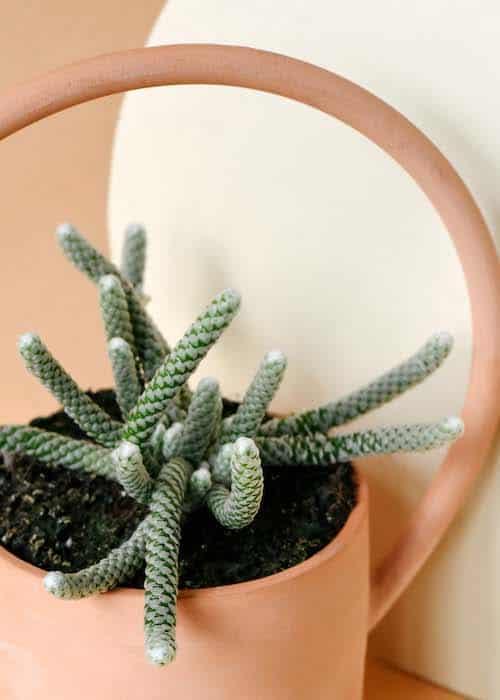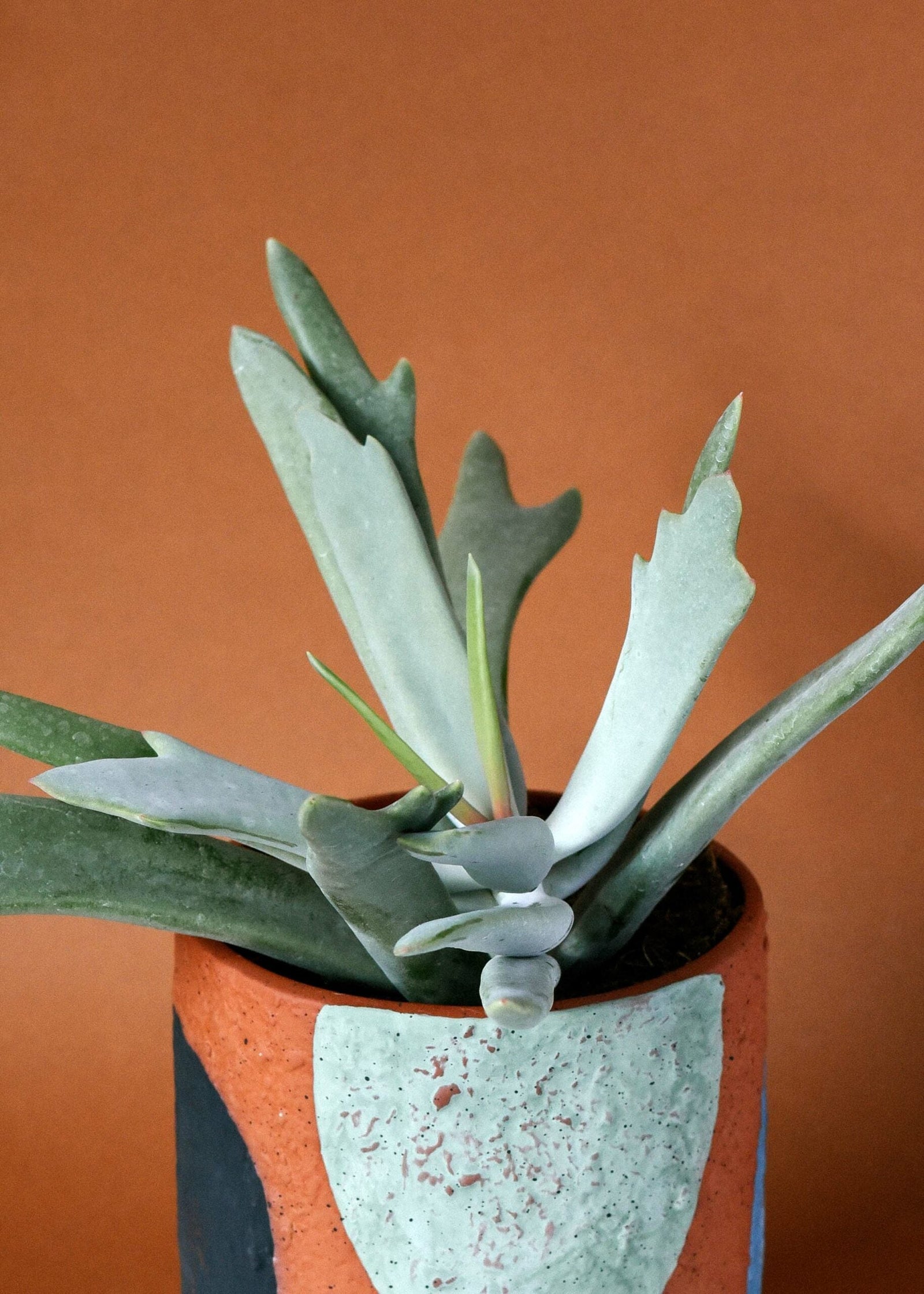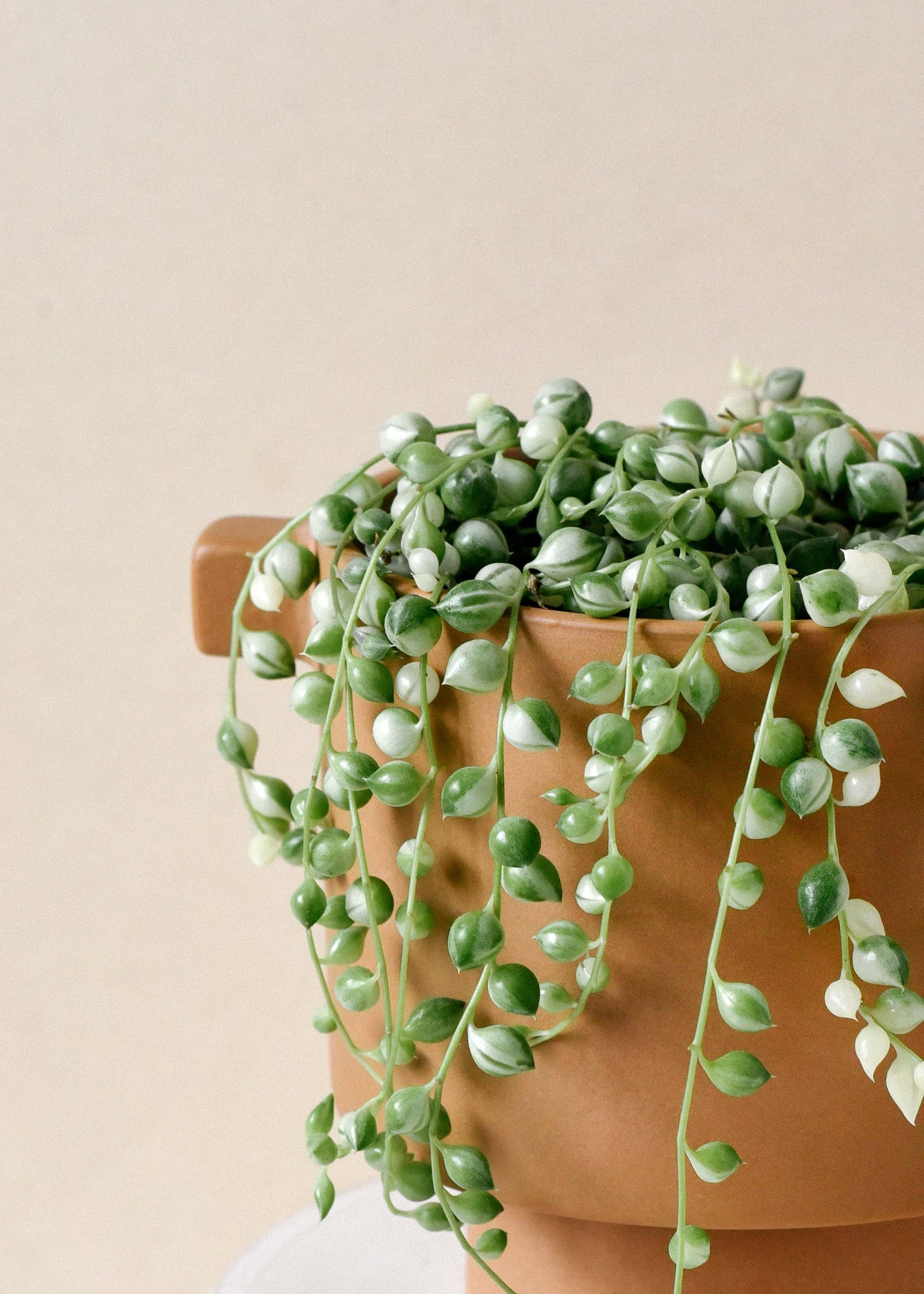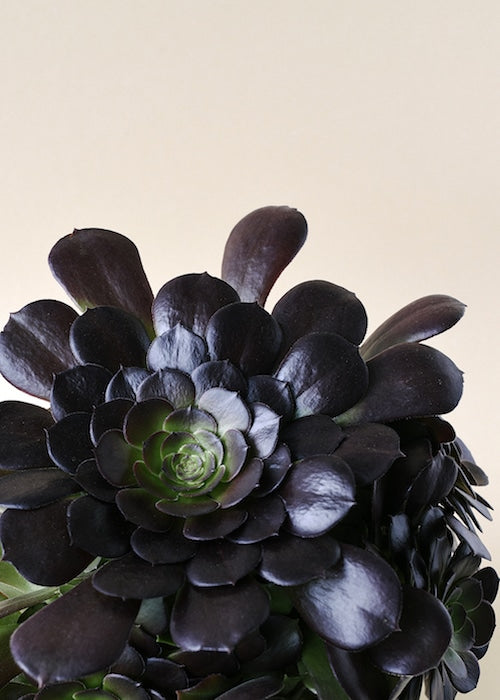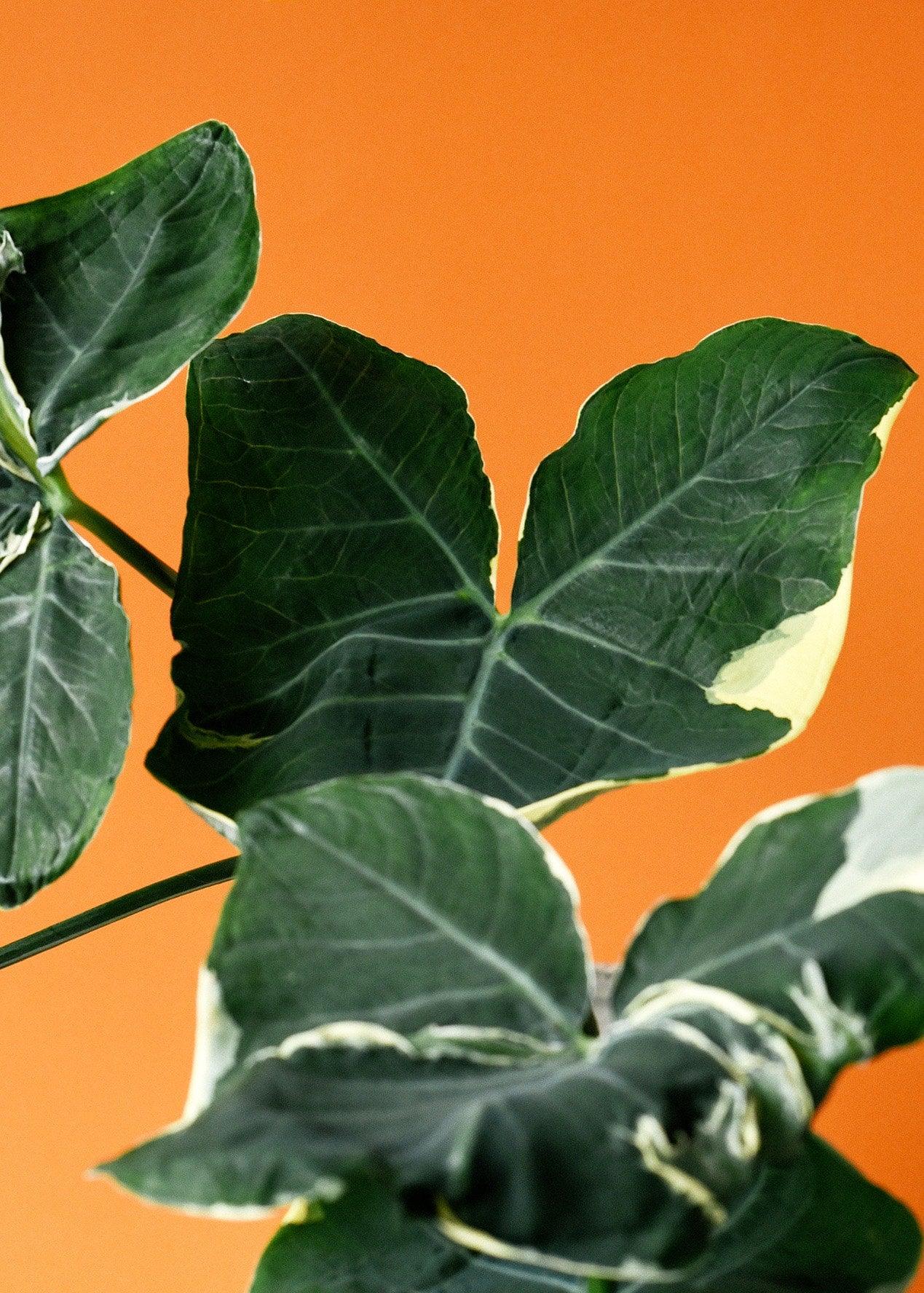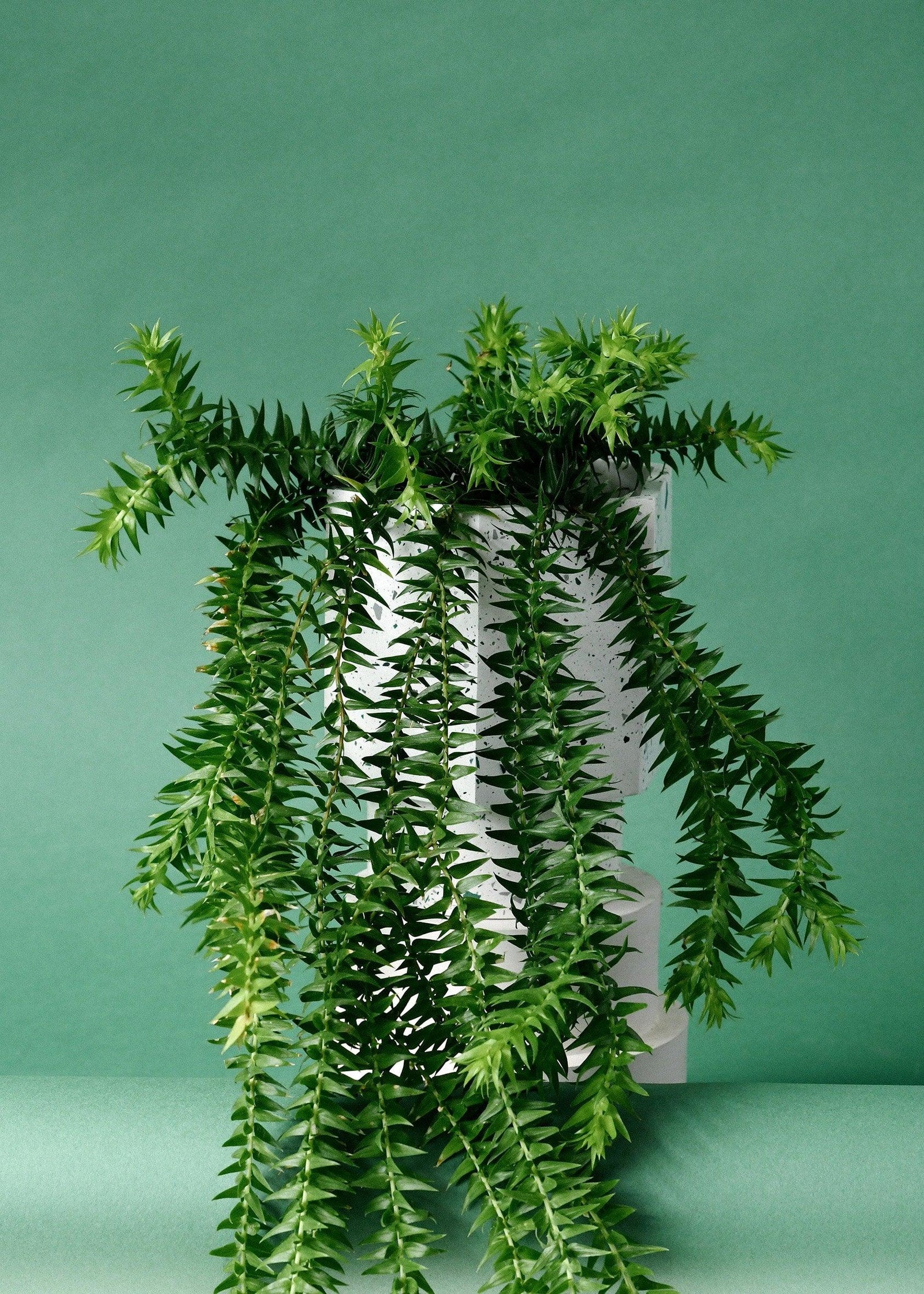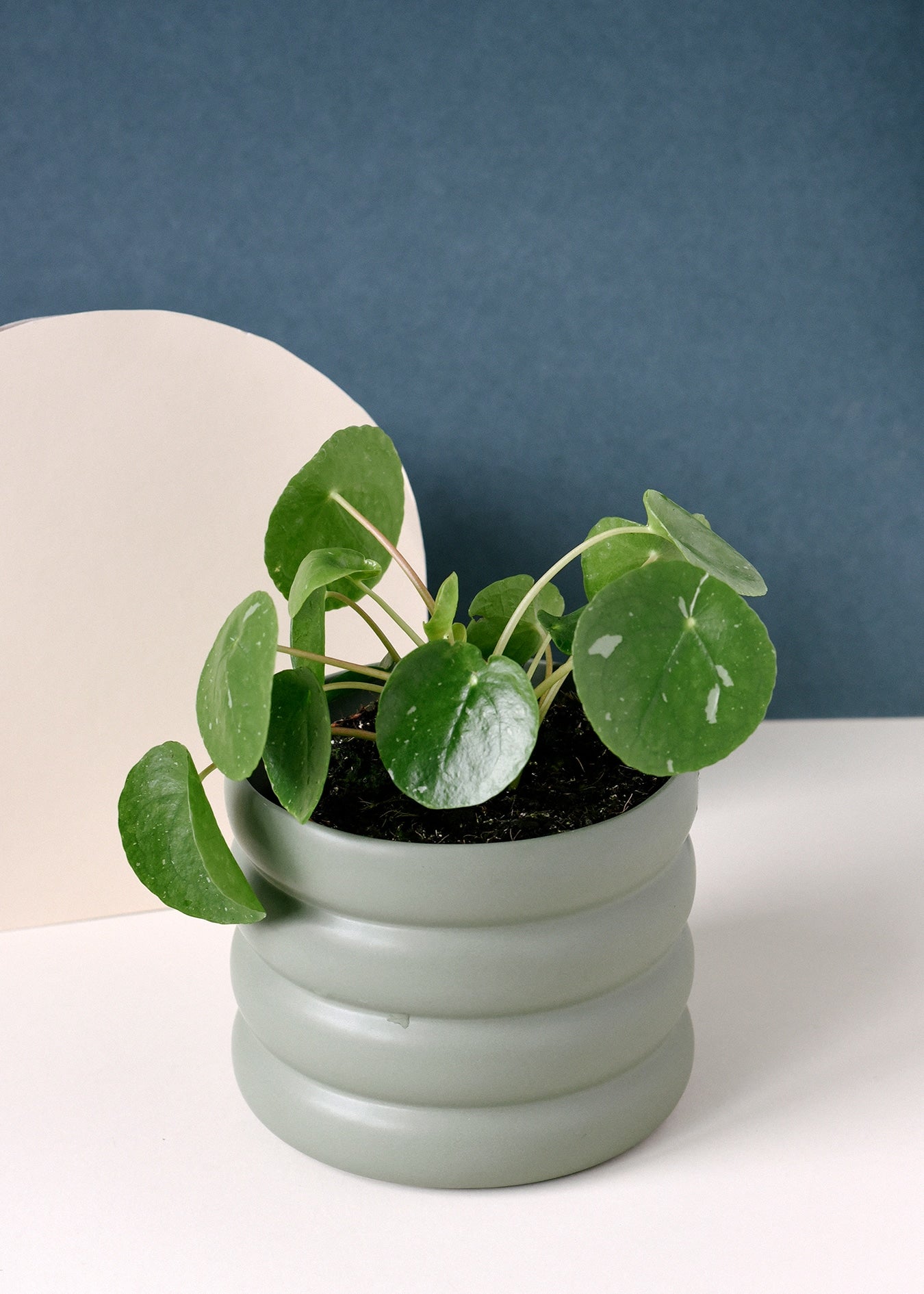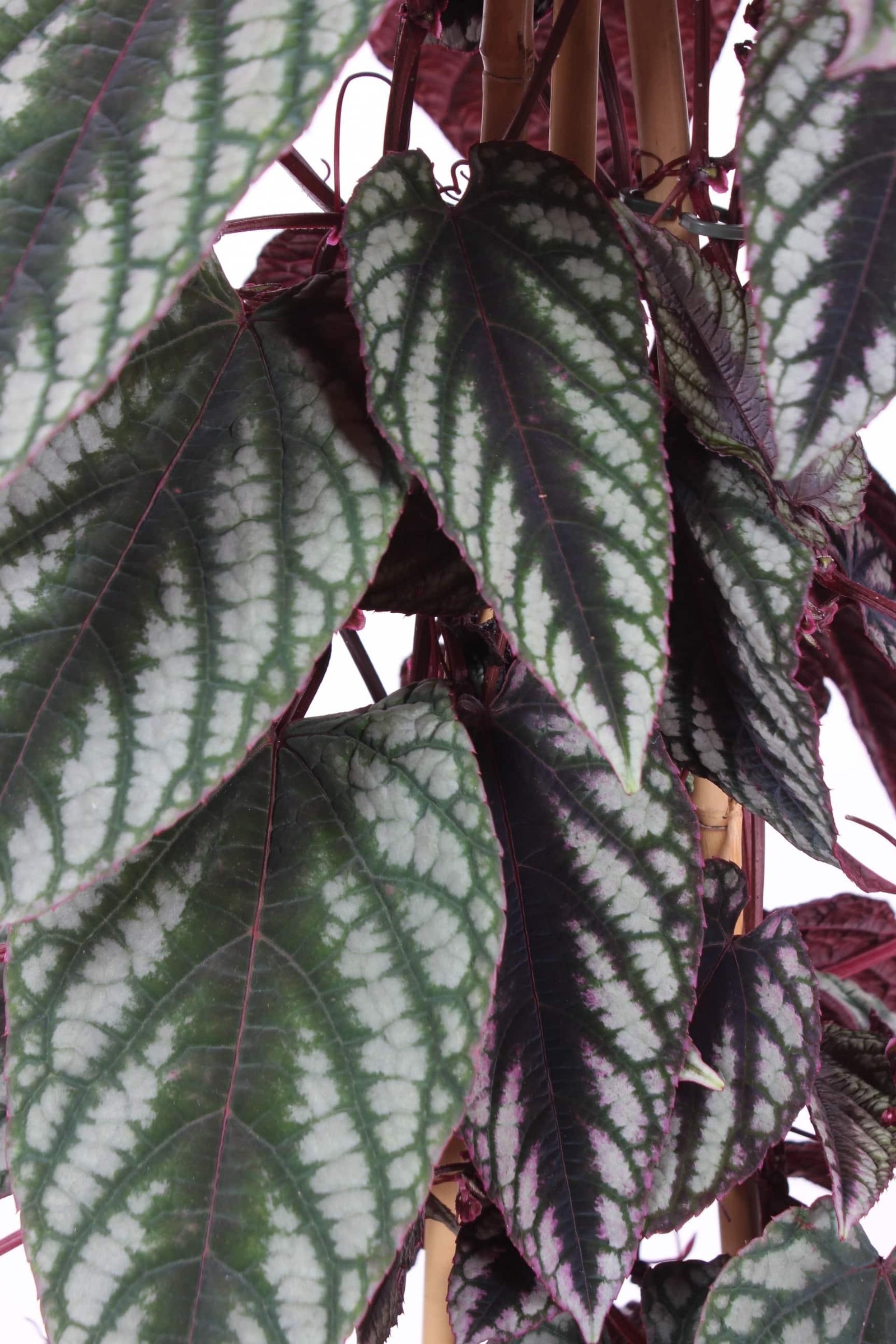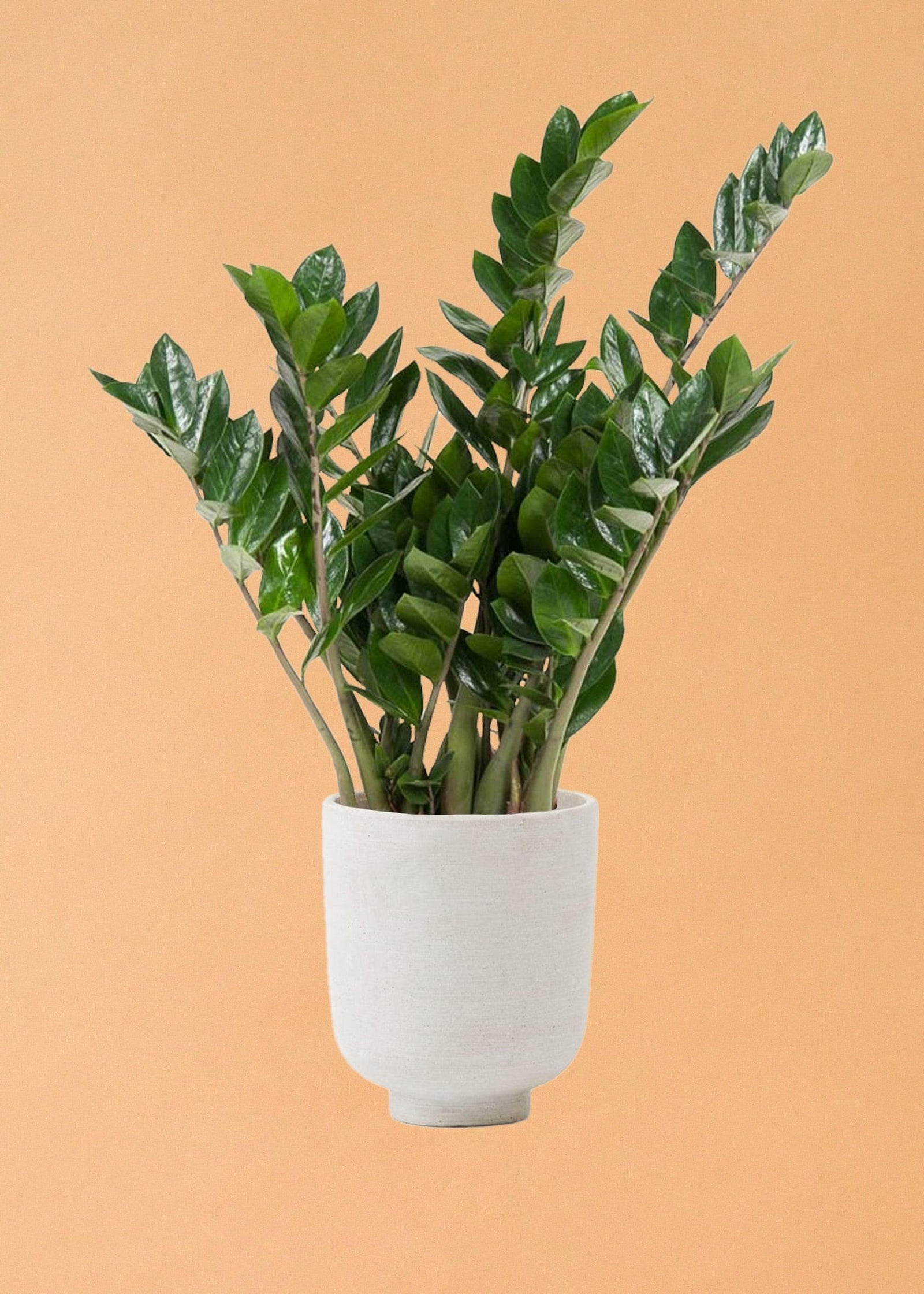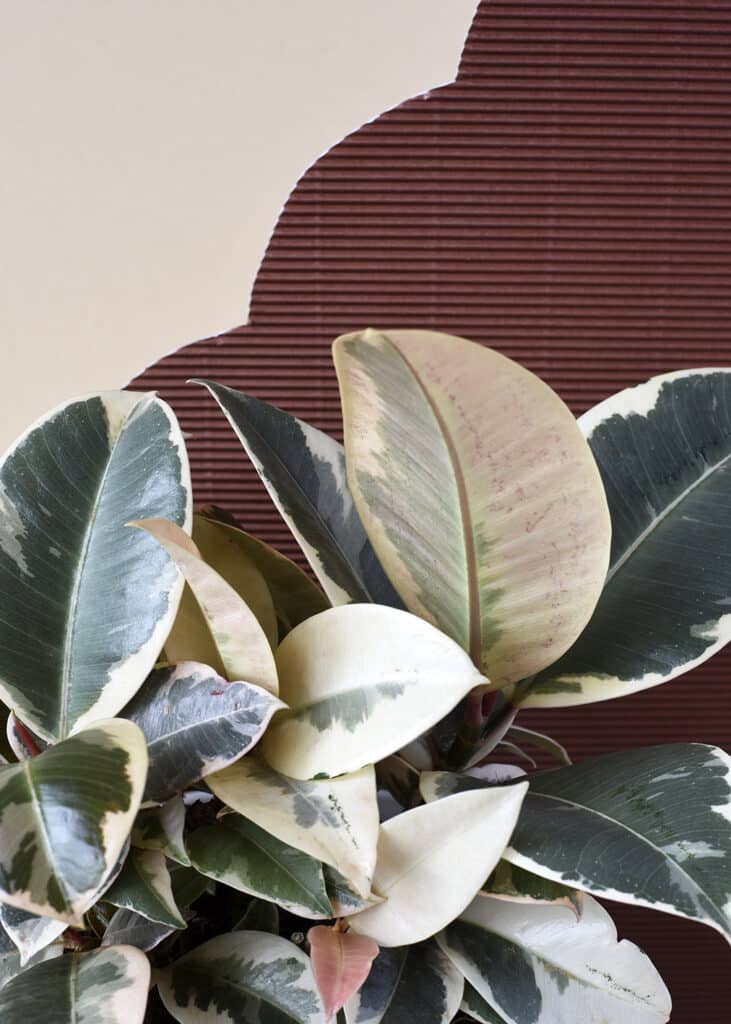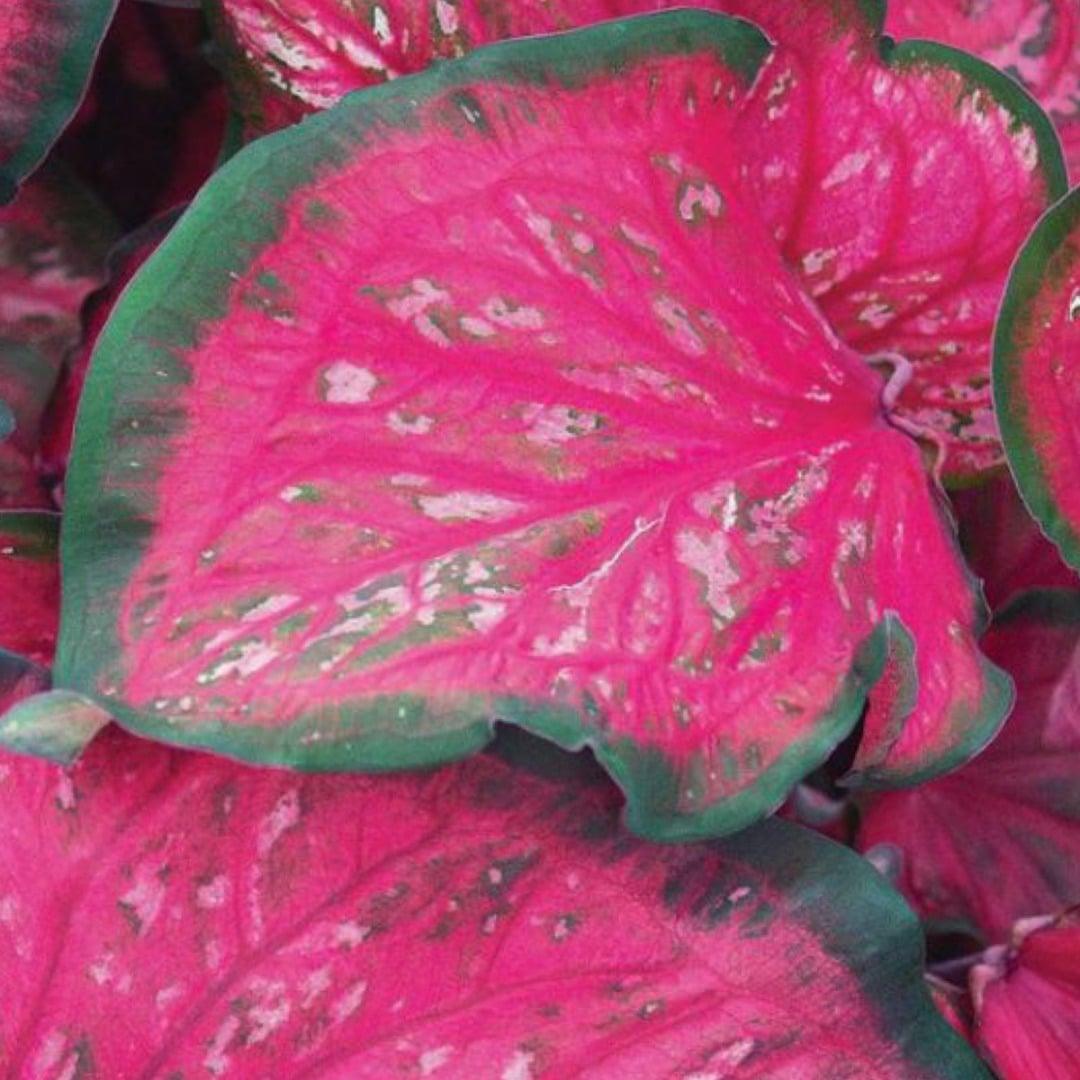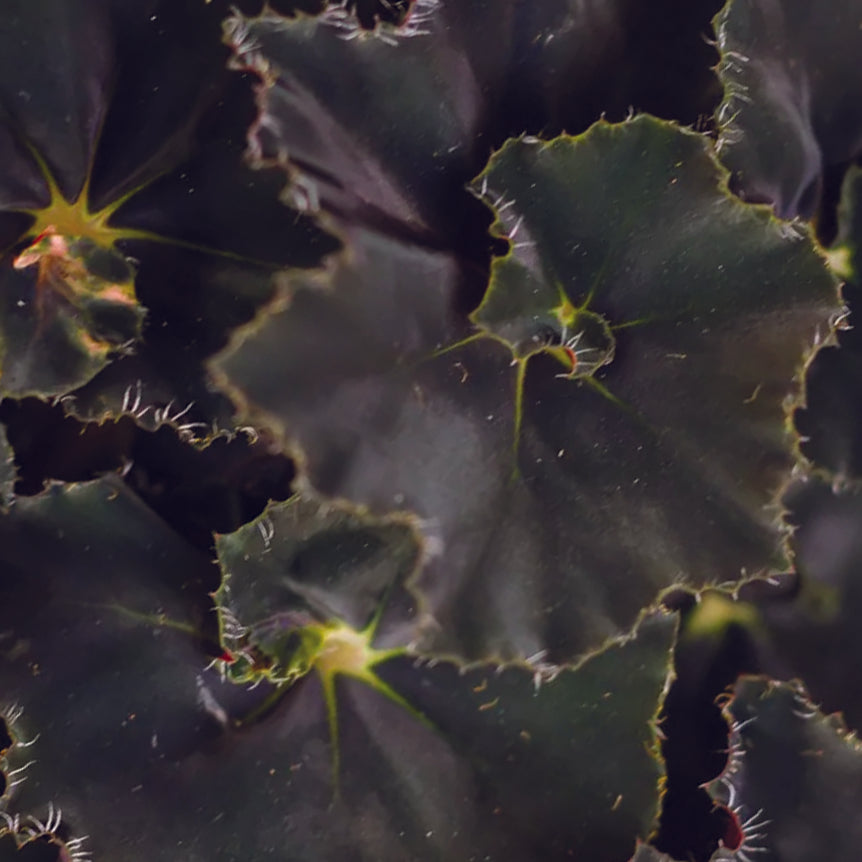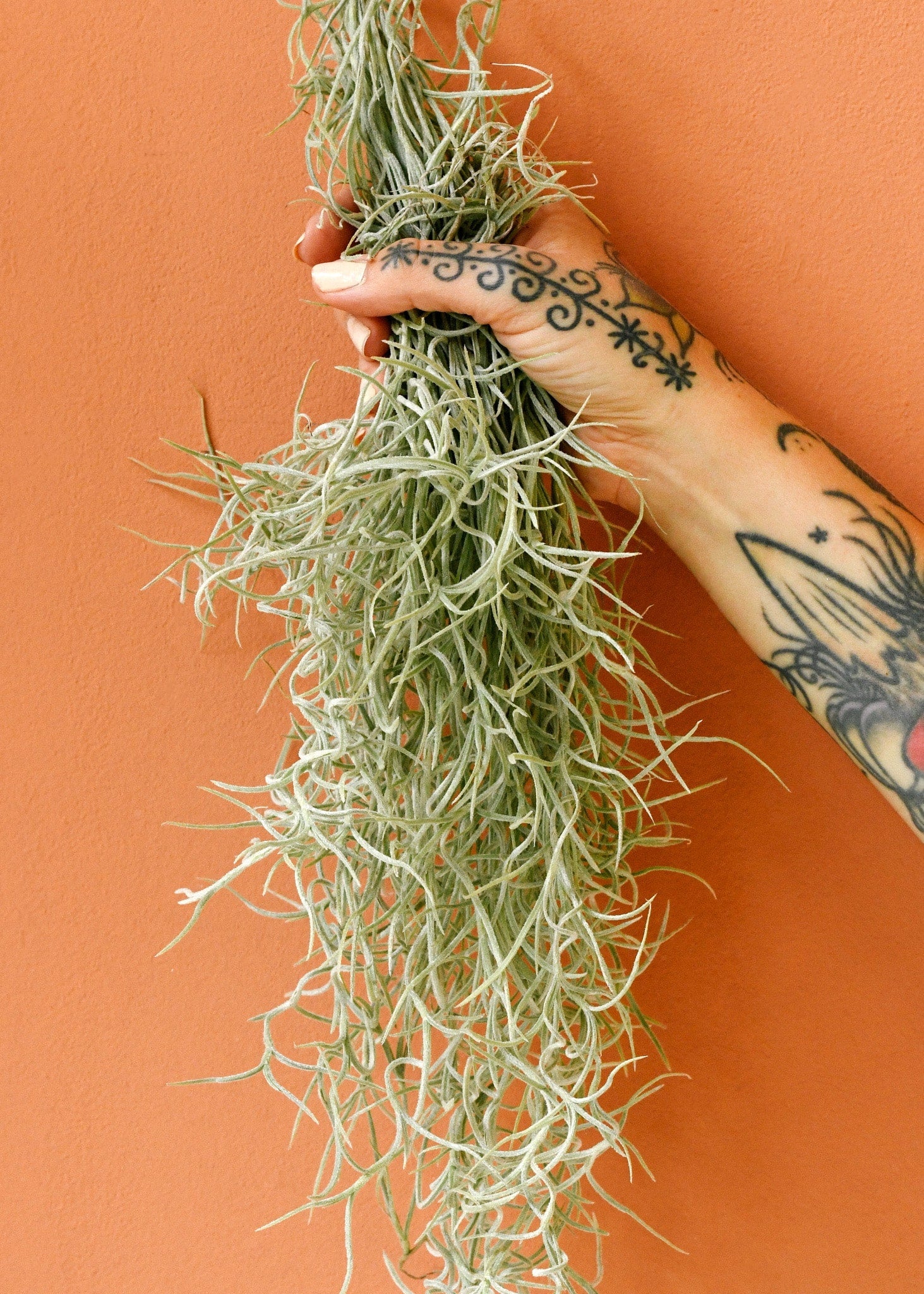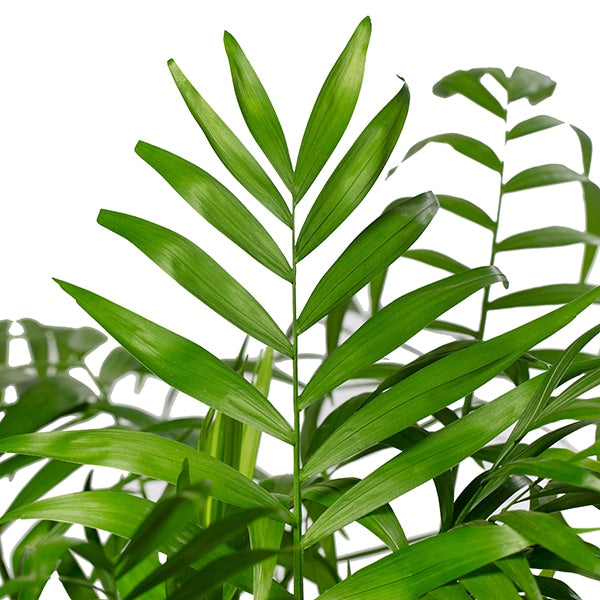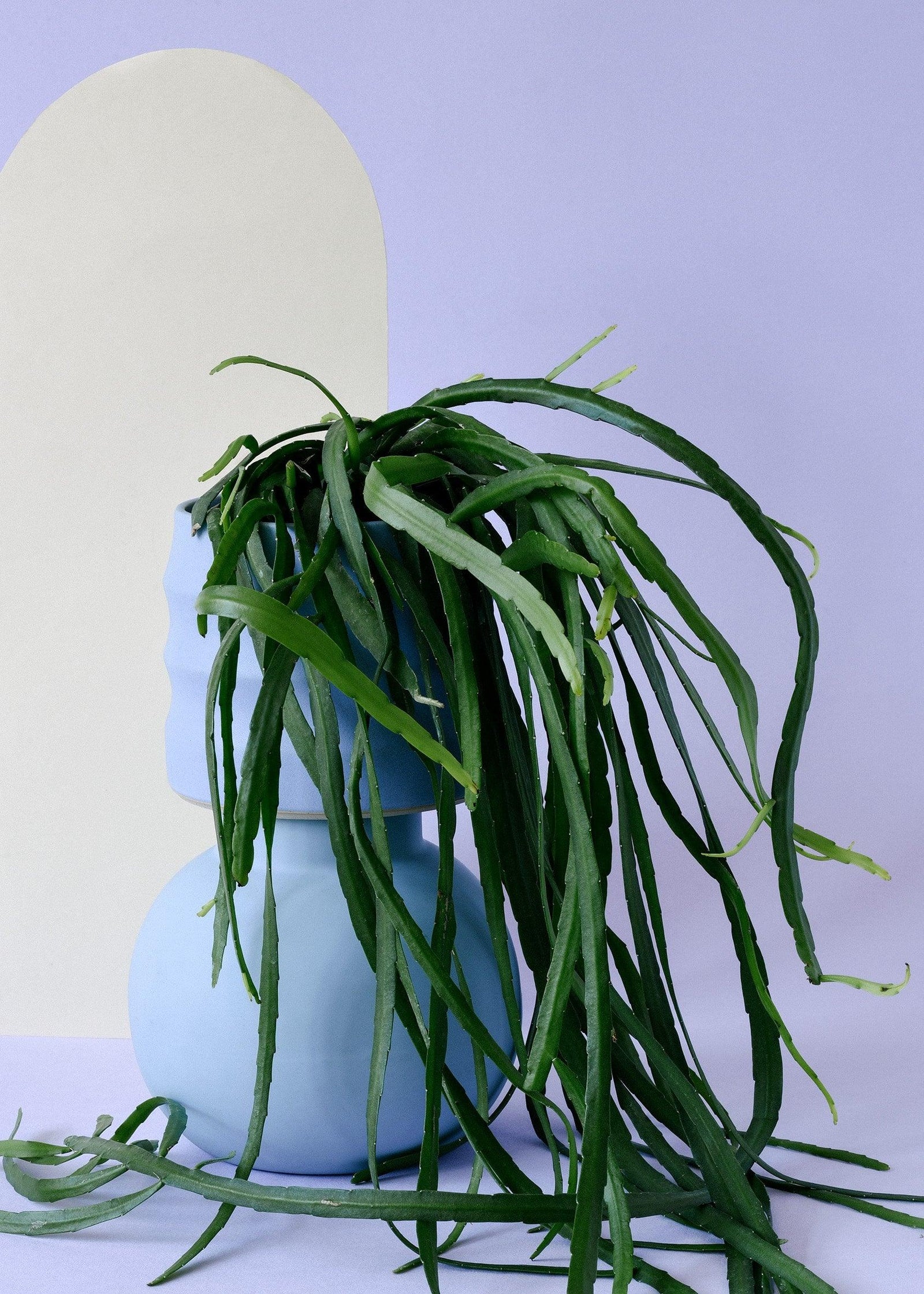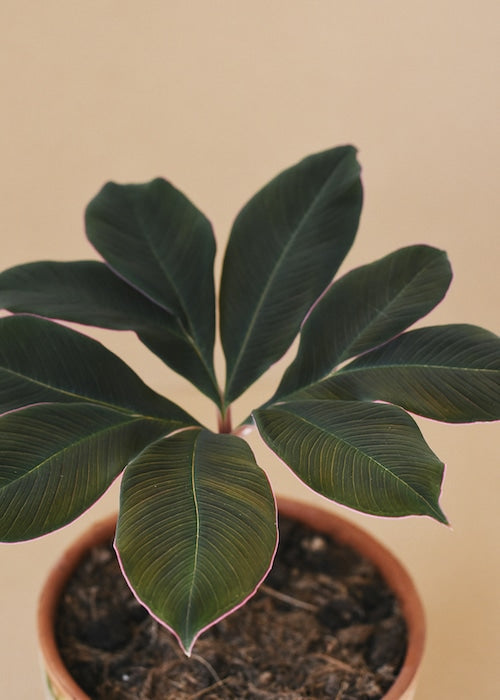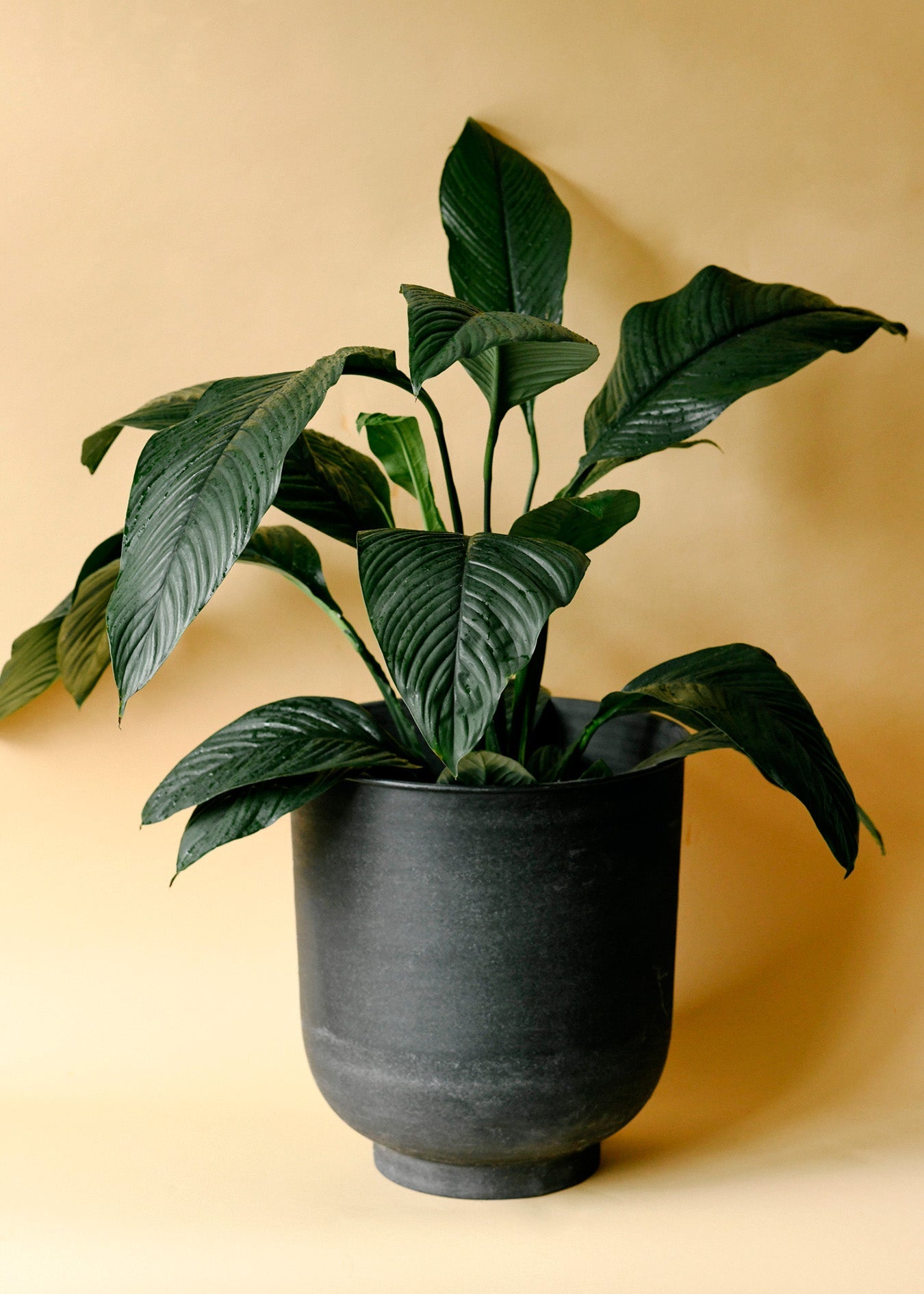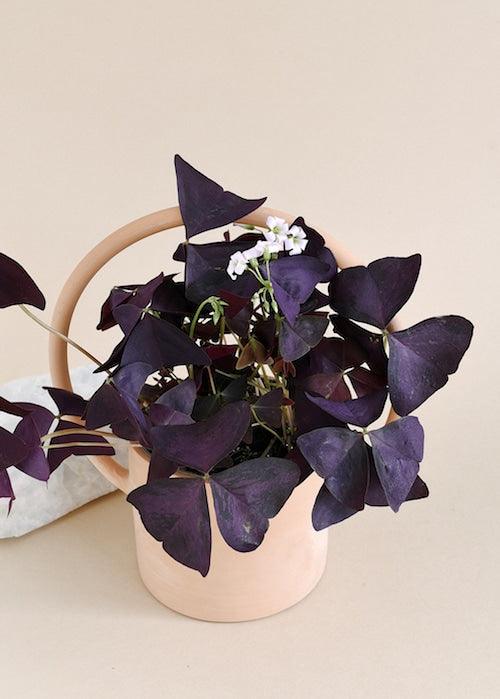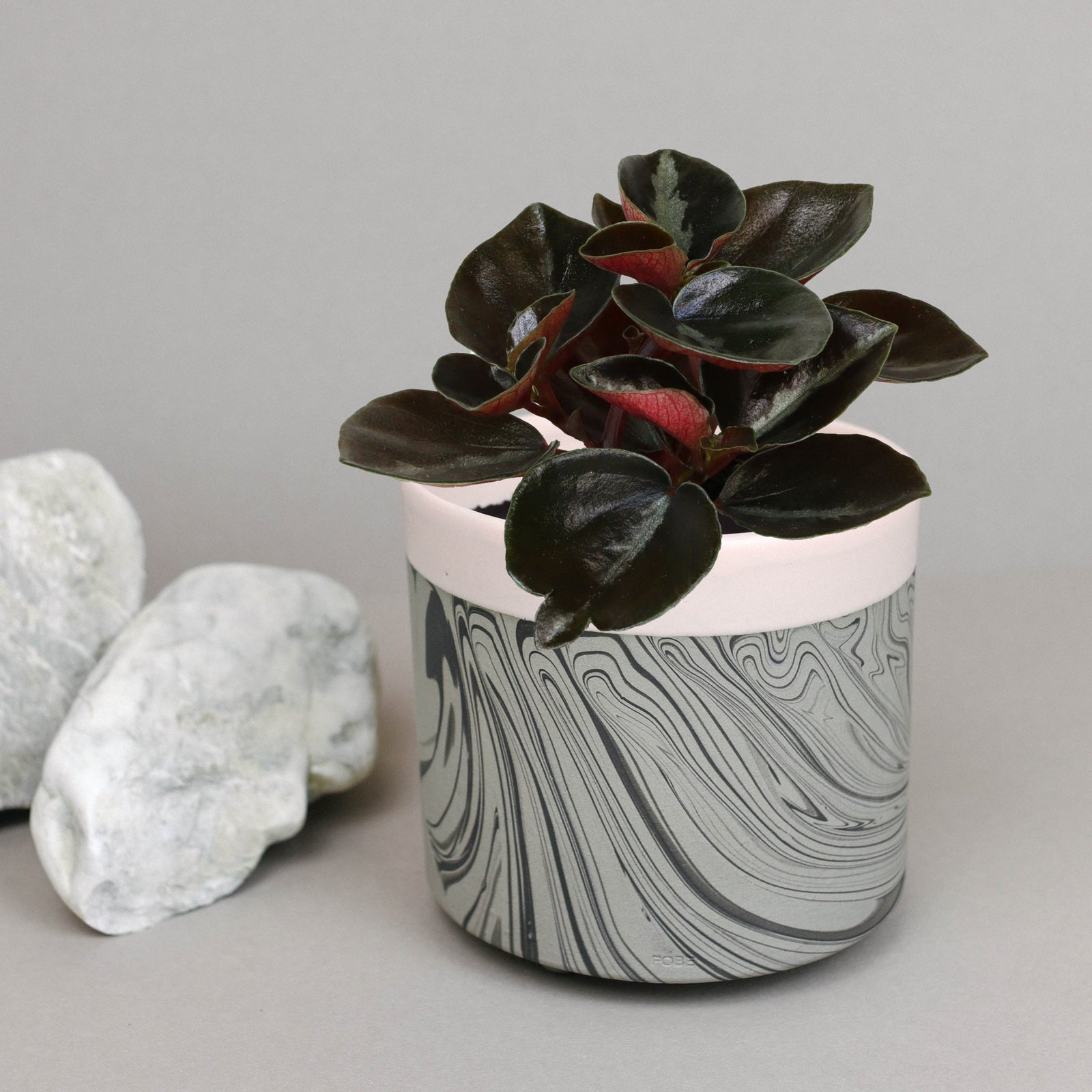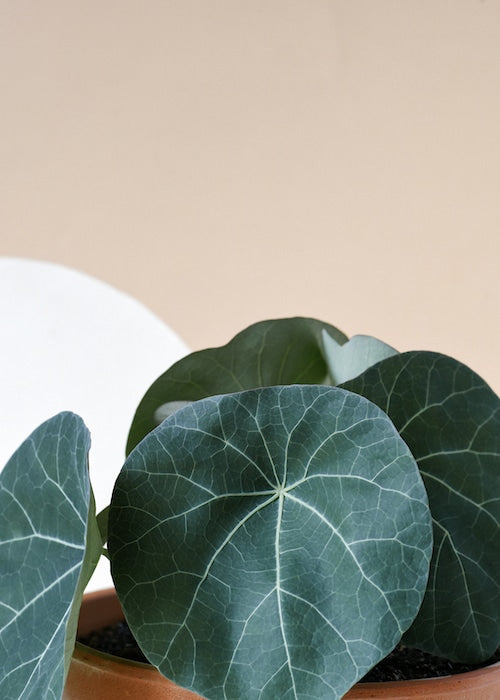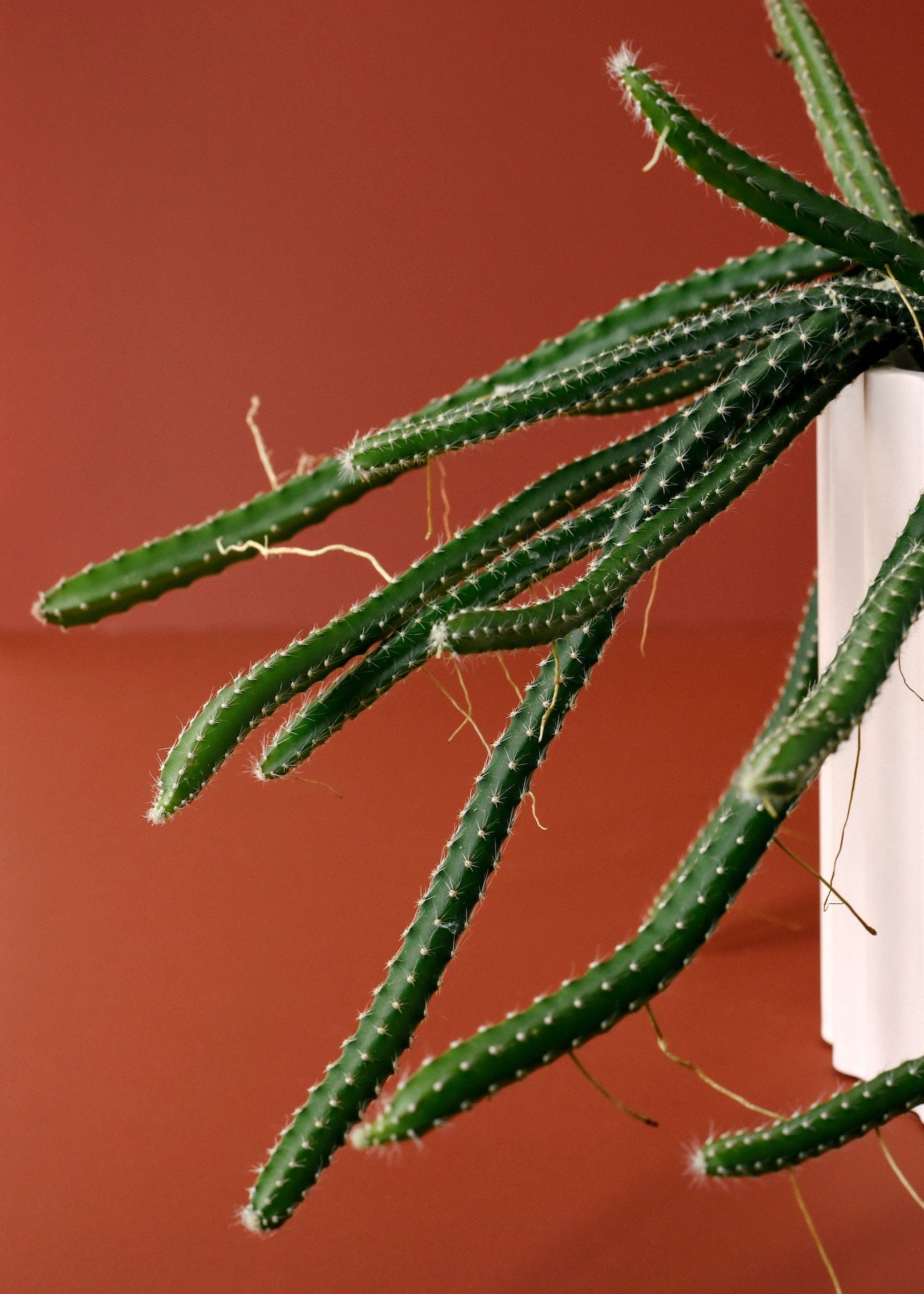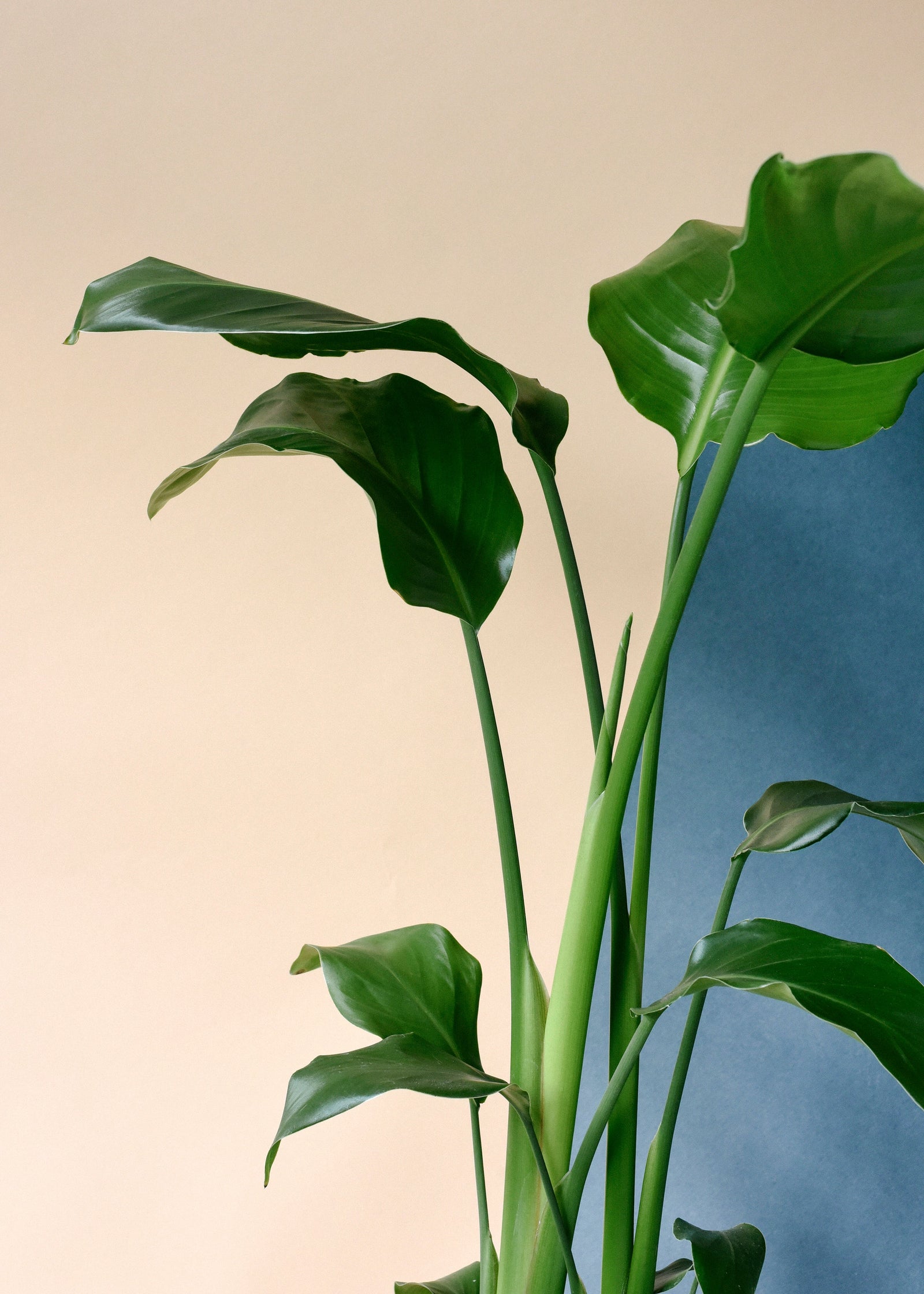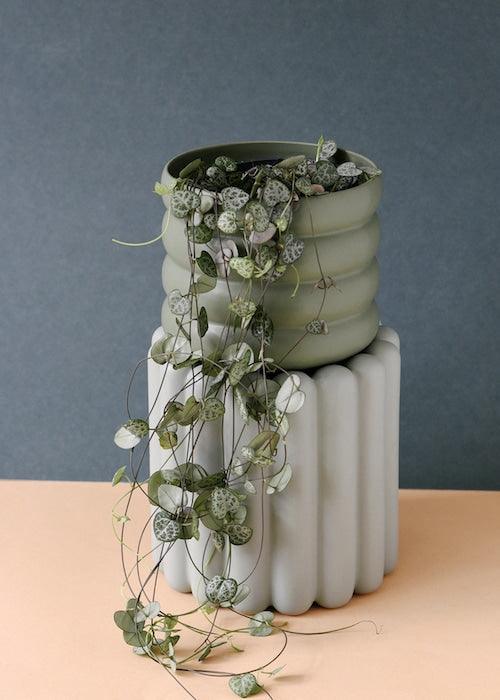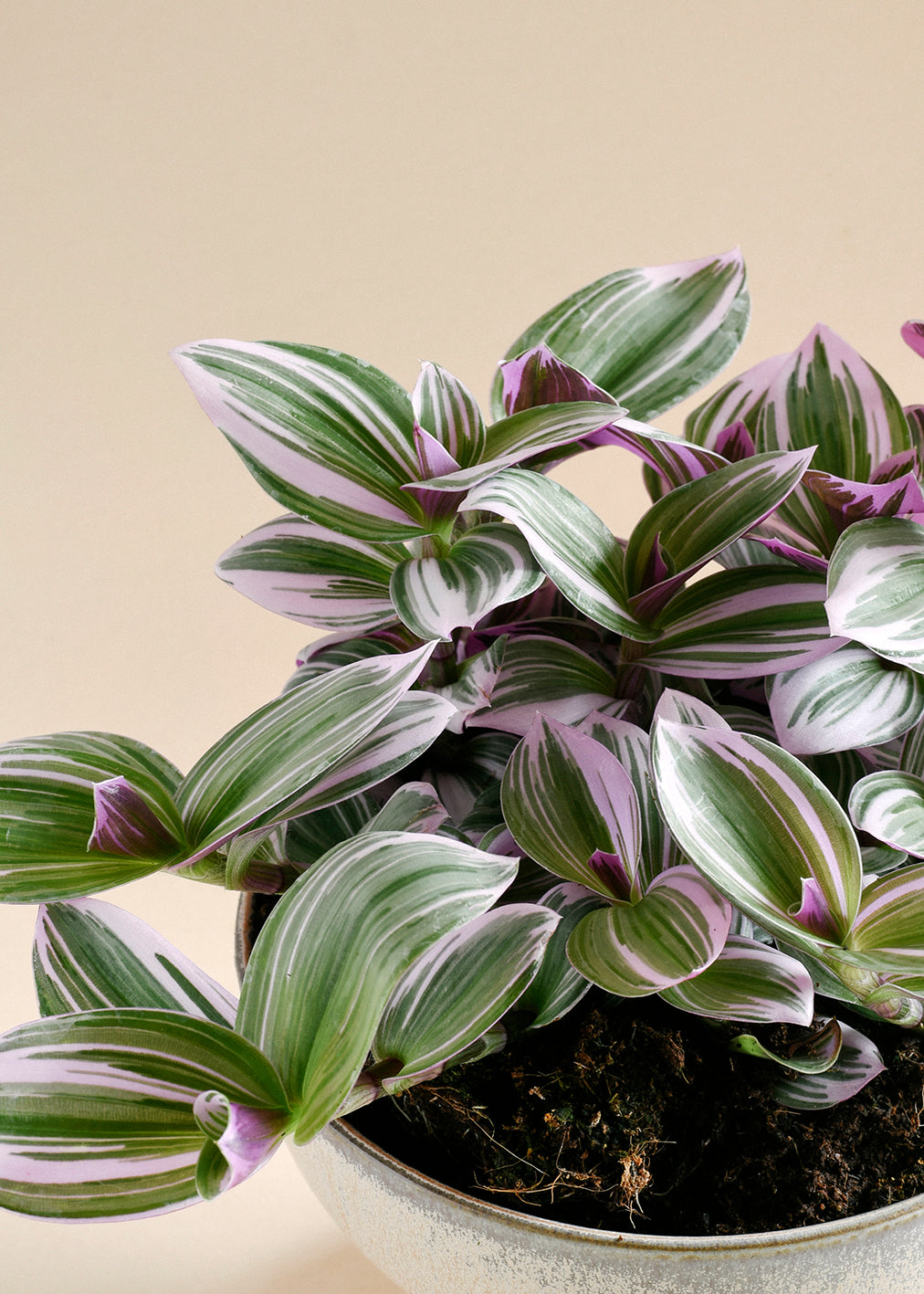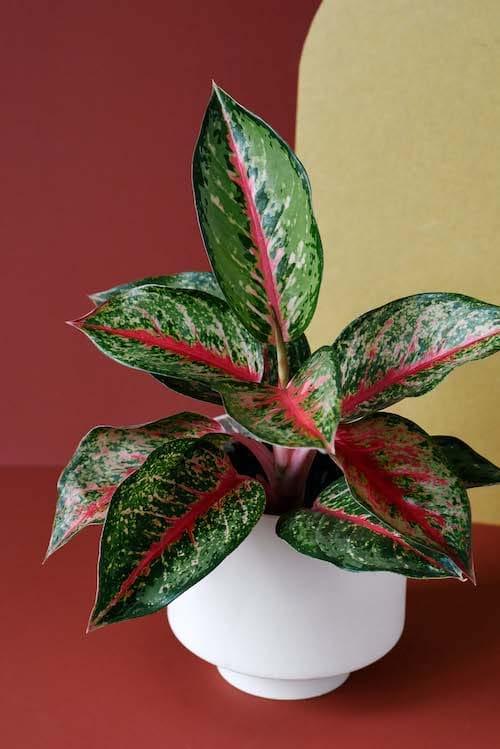Welcome to our comprehensive care guide for Drosera, also known as sundews. These captivating carnivorous plants are known for their sticky, dew-laden leaves that attract and trap insects. Proper care is essential for keeping your Drosera healthy and active. In this guide, we’ll cover everything you need to know to successfully grow Drosera at home.
Care Summary
| Light | Bright indirect light |
|---|---|
| Watering | Keep moist, use distilled water only |
| Humidity | 50% |
| Soil | Versatile in medium choices |
| Pruning | Remove dead traps regularly |
| Toxicity | Non-toxic and pet-friendly |
Lighting Tips
Drosera thrives in bright, indirect light. Direct sunlight can sometimes be too harsh, causing the leaves to scorch, while too little light can weaken the plant's trapping ability. A north-facing window or a spot that receives filtered light is ideal. If natural light is insufficient, consider using grow lights to supplement.
Watering Advice
Watering your Drosera correctly is crucial for its survival. The soil should remain moist but not waterlogged. Use distilled water or rainwater to avoid mineral buildup that can harm the plant. During drier months, you may need to water more frequently to maintain the moisture level.
Humidity and Soil Requirements
A humidity level around 50% is optimal for Drosera. If your home is dry, a humidity tray or occasional misting can help. As for soil, Drosera isn't picky but thrives best in soil that drains well yet retains moisture, such as a mix of peat moss and perlite.
Pruning and Maintenance
Regularly remove dead or decaying traps from your Drosera to promote healthy growth. This not only keeps the plant looking tidy but also prevents potential fungal issues. Gently trim away the dead material with sterile scissors.
Why We Love It
We love Drosera for its unique and dynamic nature. The glistening dew on its traps not only serves a practical purpose but also adds an unusual, aesthetic appeal to any plant collection. Watching your Drosera catch its prey can be a fascinating and educational experience, particularly for children and enthusiasts of carnivorous plants.



